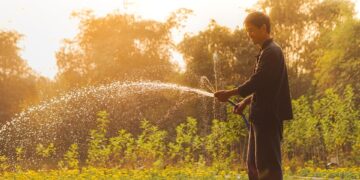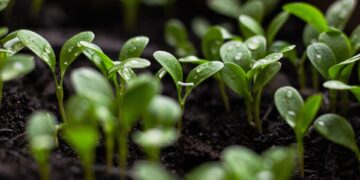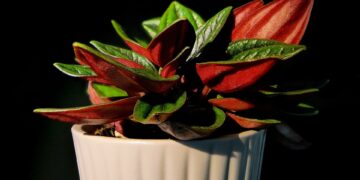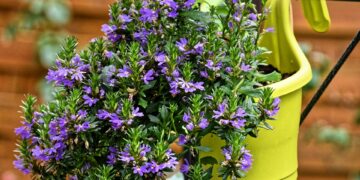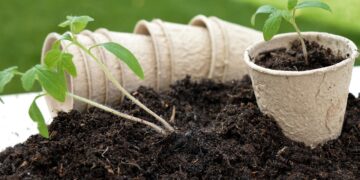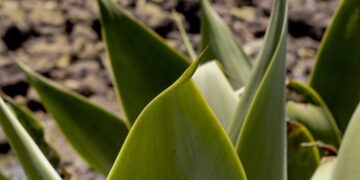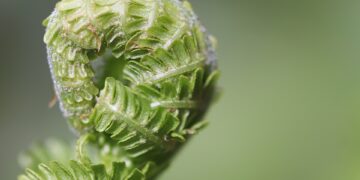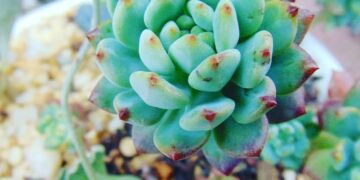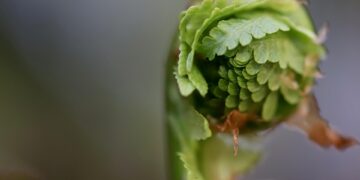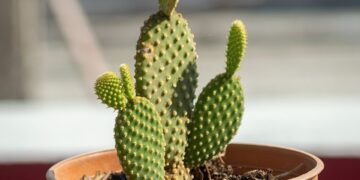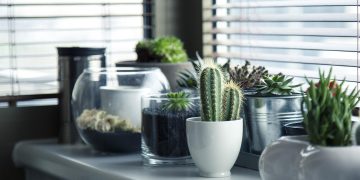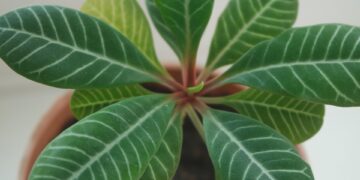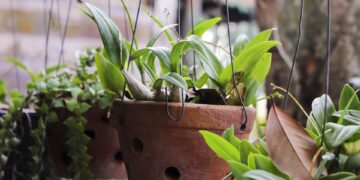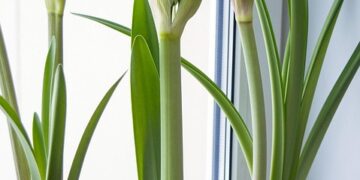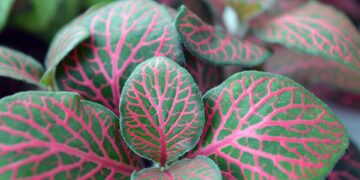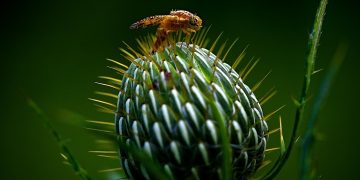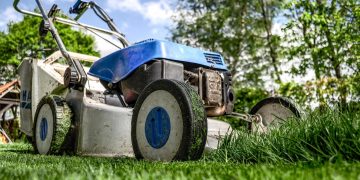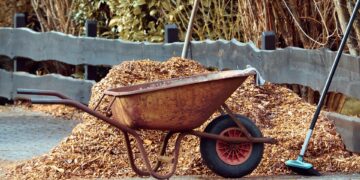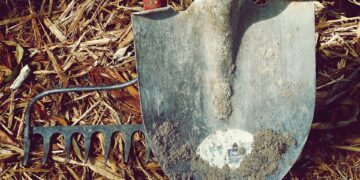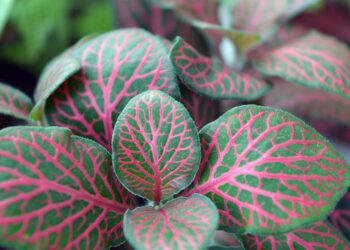Essential Plant Care Tips: From Watering Wisdom to Sunlight Strategies
Are you a budding plant parent or an experienced gardener looking to sharpen your green thumb skills? Nurturing plants can be incredibly rewarding, providing not only the beauty of greenery but also a sense of accomplishment. This comprehensive guide will walk you through crucial plant care tips, focusing on effective watering techniques, optimum sunlight exposure, and other vital care strategies to ensure your plants thrive.
Understanding the Basics of Plant Care
Caring for plants is more than just a sporadic sprinkle of water and occasional fertilizer. Every plant has unique needs, shaped by its native environment. The basics of proper plant care revolve around the core needs of hydration, light, soil, and nutrition.
Hydration Strategies: How Often Should You Water Your Plants?
Watering plants appears simple, yet it’s one of the most common areas where new plant owners stumble. Over-watering can be just as harmful as under-watering. The key is understanding the unique moisture needs of each plant.
- Feel the Soil: A general rule is to water only when the top inch of soil is dry. Feel the soil with your finger to determine this.
- Consider the Pot: The type of pot affects water retention. Clay pots allow more evaporation compared to plastic ones.
- Seasonal Changes: Plants typically require more water during the active growing season (spring and summer) and less during the dormant period (fall and winter).
Remember to use room-temperature water to avoid shocking the plant’s roots with extreme cold or heat.
Mastering Sunlight Exposure
Understanding the light requirements of your plants is crucial. Insufficient light can lead to weak growth and sparse foliage, while too much sunlight can scorch the leaves.
- Direct vs. Indirect Light: Some plants thrive in direct sunlight, while others prefer indirect or filtered light. It’s important to research the specific needs of each plant.
- Rotate Your Plants: Rotating your plants regularly ensures all sides receive equal lighting, promoting uniform growth and preventing leaning towards the light source.
Choosing the Right Soil and Fertilizer
The type of soil and fertilizer you select plays a pivotal role in the health of your plants. Soil should be tailored to the particular type of plant you are growing.
- Loose and Well-Draining: Most plants thrive in loose, well-draining soil as it prevents water from pooling at the roots, which can cause rot.
- Fertilization: Over-fertilizing can harm plants. Depending on the plant’s growth stage and season, fertilization requirements might change.
Organic options often provide a slow release of nutrients, which is generally safer and more beneficial long-term for your plants.
Addressing Common Plant Care Questions
How to Handle Pests and Diseases?
Pests and diseases can be a real threat to houseplants. Regular inspections of your plants’ leaves, stems, and soil can help catch issues before they become severe. If you notice pests, isolate the affected plant to prevent spread and consult a professional for the safe removal and treatment methods.
How Often Should You Repot?
Plants typically need to be repotted once they outgrow their current pot or if the soil is exhausted. Signs that a plant needs repotting include stunted growth and water standing on the top of the soil instead of soaking in.
What Are the Best Tools for Indoor Plant Care?
Invest in a quality watering can with a long spout for ease of use, sharp scissors or pruning shears for trimming dead or overgrown branches, and gloves to protect your hands while working with soil and plants.
Advanced Tips for Flourishing Flora
For those looking to elevate their plant care routine, consider these more advanced tips:
- Humidity: Many tropical plants require higher humidity levels. Using a humidity tray or a small humidifier can boost growth and vitality.
- Grouping Plants: Placing plants with similar needs together can create a microclimate that benefits all.
Creating a Thriving Environment
Creating the right environment goes beyond just watering and sunlight strategies. It involves understanding the unique characteristics and needs of each plant. From the right temperature to proper air circulation, all elements contribute to the health of your indoor garden.
By taking the time to understand and implement these essential plant care tips, your indoor garden will not only survive but thrive. Whether you’re cultivating a lush indoor oasis or simply maintaining a few houseplants, the joy and satisfaction of plant parenting are immense. Harness these tips and watch your green friends flourish in health and beauty.


